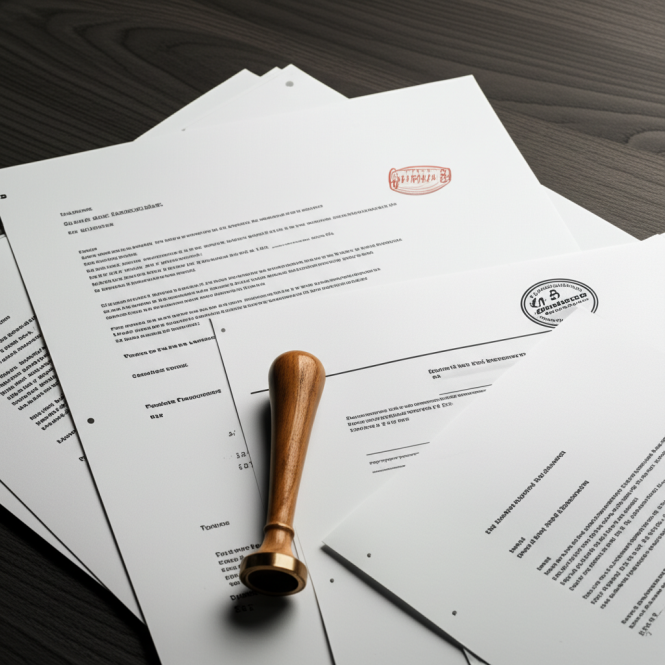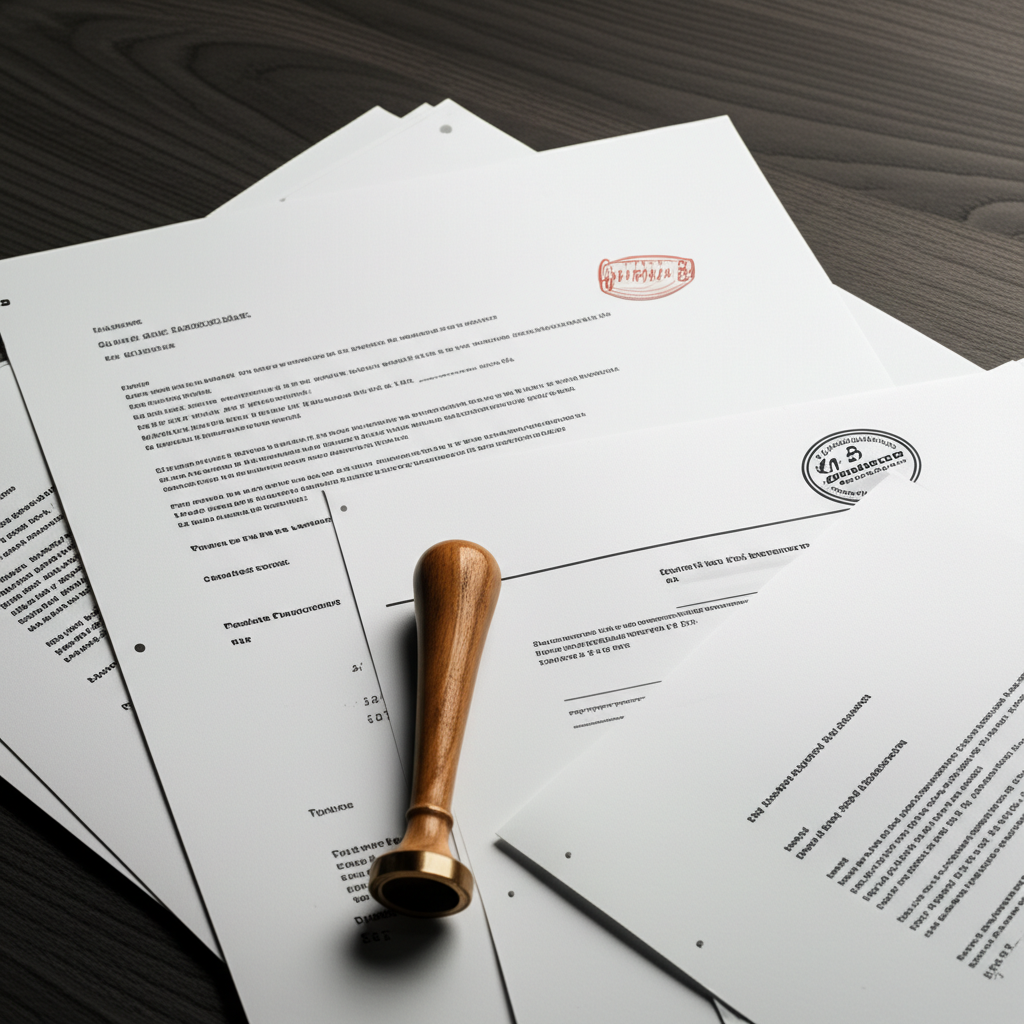

Introduction to Appendix: Supporting Documents
Ever felt frustrated trying to convey complex information concisely in a report, proposal, or even a simple email? Adding supporting documents in an appendix can be your secret weapon. An appendix (plural: appendices or addenda) is essentially a section at the end of a document containing supplementary material. This “Appendix: Supporting Documents” section provides extra detail, evidence, or data that supports the main body of your work but isn’t crucial enough to disrupt the flow. Think of it as a backstage pass to the supporting evidence for your claims. This guide will explore the world of Appendix: Supporting Documents, helping you understand its power and mastering its use.
Benefits or Uses of Appendix: Supporting Documents
Including an Appendix: Supporting Documents offers numerous advantages:
Streamlining your main document:
Imagine a research paper packed with detailed statistical tables. Including those tables directly would make the paper cumbersome and hard to read. Instead, they neatly reside in an Appendix: Supporting Documents, allowing the main body to focus on analysis and interpretation. This makes your document cleaner, more focused, and much easier to digest for your readers.
Providing comprehensive evidence:
Legal documents, proposals, and academic papers often need strong backing. An Appendix: Supporting Documents section allows you to present all necessary evidence — surveys, contracts, images, diagrams, detailed calculations – without interrupting the narrative. This robust approach builds credibility and trust.
Supporting complex arguments:
Sometimes, supporting data is too extensive or specialized for inclusion in the main text. An Appendix: Supporting Documents section handles this beautifully. For example, a marketing strategy document might include detailed customer segmentation data in the appendix, allowing the main document to focus on the overall strategy itself.
Improving accessibility and organization:
A well-organized Appendix: Supporting Documents makes it easy for readers to find specific information. Clear labeling and numbering of each document within the appendix are crucial here. This enhances readability and helps readers quickly locate the data they need.
Handling diverse file types:
An Appendix: Supporting Documents can accommodate various file types. You might include PDFs, spreadsheets, images, audio files, or video clips. This versatility is particularly helpful when demonstrating multifaceted information.
How to Use or Obtain Appendix: Supporting Documents
Creating and using an Appendix: Supporting Documents is fairly straightforward:
Gathering your supporting documents:
Before you even start writing, gather all relevant materials. Consider what evidence best supports your claims. Ensure you have permission to use copyrighted material if applicable. Organize these documents logically based on their relevance to the main text.
Formatting your Appendix:
Each document in your Appendix: Supporting Documents should be clearly labeled and numbered (e.g., Appendix A, Appendix B, etc.). Provide a concise title for each document. Maintain consistent formatting throughout the appendix. Use a clear and consistent numbering system for pages within the appendix. Many word processors provide built-in features for creating and managing appendices.
Referencing your Appendix in the main text:
Crucially, refer to your Appendix: Supporting Documents in your main text. This directs readers to the supplementary information. Use clear and concise references, like “(See Appendix A for detailed cost analysis).” This creates a seamless flow between the main text and the supplementary information.
Obtaining documents from external sources:
If your Appendix: Supporting Documents requires external data, ensure you obtain the documents legally and ethically. This might involve requesting documents from other parties, conducting your own research, or accessing publicly available data. Always cite your sources correctly to avoid plagiarism.
Tips or Important Things to Know about Appendix: Supporting Documents
Keep it concise and relevant:
While the appendix is for supplementary material, it shouldn’t be a dumping ground for everything you have. Only include documents directly relevant to supporting the points in your main text. Avoid including irrelevant or unnecessary materials.
Maintain a consistent format:
Use a consistent formatting style throughout your Appendix: Supporting Documents. This includes font size, spacing, and page numbering. Consistency ensures professionalism and ease of reading.
Use clear and descriptive labels:
Each document in the appendix needs a clear and concise label that accurately reflects its content. This helps readers quickly locate the information they need.
Cite sources appropriately:
Always cite any external sources used in your Appendix: Supporting Documents. This is crucial for academic integrity and avoids plagiarism.
Use a Table of Contents for large appendices:
For extensive appendices, consider adding a table of contents to improve navigation. This helps readers quickly find specific documents within the appendix.
Consider the reader’s perspective:
Think about who will be reading your document and what information they might find most helpful. Tailor the contents of your Appendix: Supporting Documents to their needs.
Proofread carefully:
As with any part of your document, proofread your Appendix: Supporting Documents thoroughly to ensure accuracy and professionalism.
FAQ (Frequently Asked Questions) about Appendix: Supporting Documents
Q: Do I always need an Appendix: Supporting Documents?
A: No. Only include an appendix if you have supplementary material that significantly supports your main text but would disrupt the flow if included directly.
Q: How do I organize multiple documents in my appendix?
A: Organize your documents logically, usually by the order they’re referenced in the main text. Number them clearly (Appendix A, Appendix B, etc.).
Q: Can I include different file types in my Appendix: Supporting Documents?
A: Yes, but ensure all files are easily accessible and viewable. PDFs are generally recommended for compatibility.
Q: What if a supporting document is confidential?
A: Handle confidential documents with extreme caution. You may need to redact sensitive information or obtain appropriate permissions before including it. In some cases, you might simply reference the document without including it directly.
Q: How do I reference an appendix document in my text?
A: Use clear and concise references, such as “(See Appendix A for detailed financial projections)” or “Figure 1 (Appendix B) illustrates the key findings.”
Conclusion with a Call to Action
Mastering the use of Appendix: Supporting Documents significantly enhances the impact of your writing. By strategically organizing and referencing supporting information, you create a professional, well-supported, and easily understandable document. Don’t let crucial data get lost in the main text; use Appendix: Supporting Documents to elevate your work. Now, go ahead and strengthen your next report, proposal, or document with a well-organized and informative Appendix: Supporting Documents! Start organizing your supporting materials today!